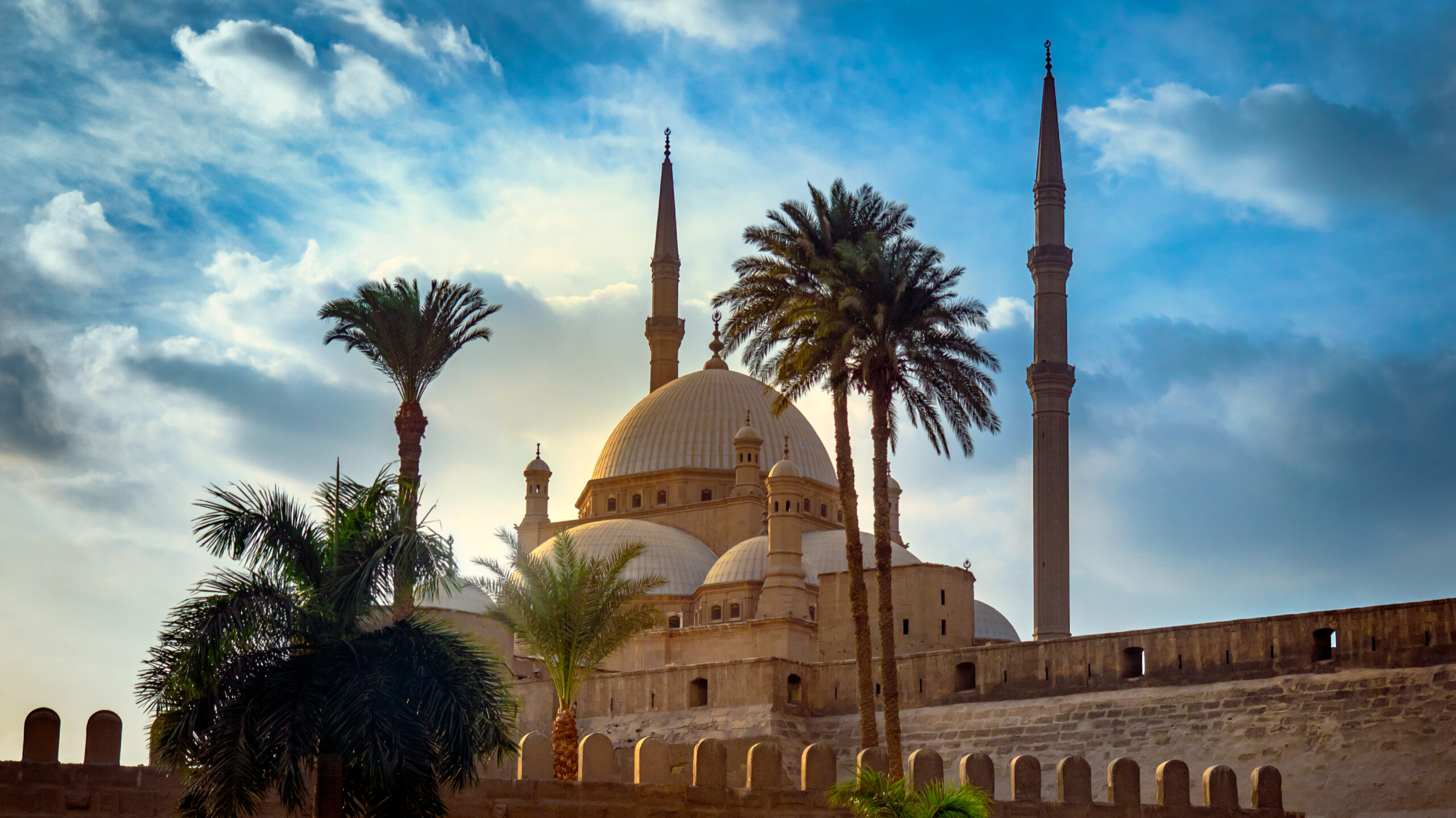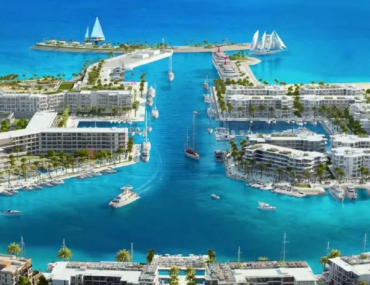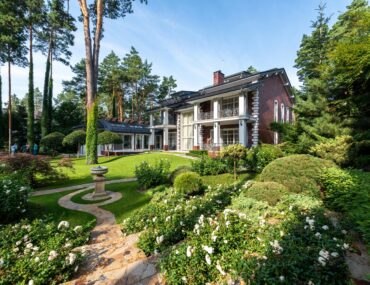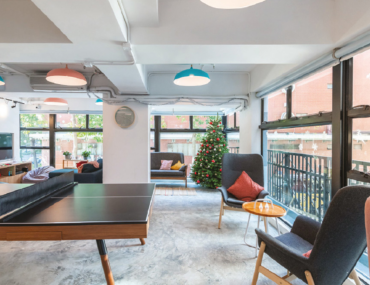Citadel of Saladin, also known as Cairo Citadel, is a historic monument that was built in the 12th century as a way to protect from attackers. Its strategic location in Mokattam helped in garner its reputation as an indestructible citadel in the area, especially since it was home to rulers of Egypt for over 700 years. The citadel was recognized by UNESCO as a World Heritage Site in the 70s as part of Historic Cairo.
Over the years, with the different rulers it experienced, the Citadel of Saladin has been altered to align with its current ruler’s design. Of those alterations, 3 different time periods stand out as the most influential, its official construction in the 12th century by Saladin, in the 14th century by the Mamluks, and in the 19th century by Muhammed Ali. After the construction of Abdin Palace in 1874, the Citadel of Saladin was no longer the seat of government, however, it’s still a historic and touristic place that has held its grounds for centuries.
Now that we set the groundwork, let’s get down to business; all the details, big or small, found in the citadel. The amount of museums and mosques, the revolutionary systems used during the time of construction, are what we’d like to share with you today. So, let’s get to it.
The Citadel’s Innovative Water Supply System
During a time where clean and consistent water supply was scarce and hard to find, the Citadel of Saladin revolutionized accessibility to clean water in the 12th century.
Well of Joseph (Well of the Spiral)
The Well of Joseph, or Yusuf’s Well, was considered a masterpiece of its time and can still be seen today. The well consisted of 300 stairs that looped around the inside of the well. Once the water reached the surface, it traveled to the citadel through a series of aqueducts. During the reign of Al Nasir Muhammed, the Well of Joseph failed to produce enough water for all the residents of the citadel and their animals, which prompted him to build a well system.
The Mamluk Aqueduct
Al Nasir Muhammed built an aqueduct water system made up of water wheels on the Nile which raised water to the top of a hexagonal tower, after which the water would be transported to the citadel through a series of aqueducts. However, because the water supply was not guaranteed in case of a siege, the Well of Joseph was still used as the main source of water.
The Cistern of Ya’qub Shah al-Mihmandar
In the late 14th century, an emir from Erzincan, modern day Turkey, called Ya’qub Shah Al Mihmandar joined the Mamluks under Sultan Qaytbay. He had constructed a small domed building outside the Citadel of Saladin, which resembled a mausoleum, but was actually a structure covering access to a cistern. Today, the cistern is disconnected from the citadel and stands stranded between 2 highways, Salah Salem road and Kobri al-Ebageah.
Mosques in the Citadel
There have been 4 different mosques that were constructed over the years at the Citadel of Saladin.
Al Nasir Muhammed Mosque
Built between 1318 and 1335, the mosque is the only Mamluk building still in existence at the Citadel of Saladin. The mosque has 2 entrances, one for soldiers of the time and the other to be exclusively used by the Sultan. It was a royal mosque where the Sultans of Egypt would perform Friday prayer. Over the years, restoration to the mosque’s decoration has been made, with attempts to restore the ceiling’s light-blue colour.
Mosque of Sulaiman Pasha
The mosque was built in 1528 and was the first Ottoman-style mosque built at the Citadel. It is also one of very few structures that resemble the classical Ottoman style of the 16th century.
Mosque of Al ‘Azab
A lesser known mosque located near the citadel’s main western gate, Bab Al ‘Azab. It was close to where the ‘Azaban resided during the Ottoman period, hence the name. The mosque is not publicly accessible, but can be spotted by its Ottoman-style minaret.
Mosque of Muhammed Ali
Also known as Alabaster Mosque, it was built between 1830 and 1848 in loving memory of his son, who passed away at the age of 22. It was given its name due to its alabaster coating, a natural crystalline variety of plaster that shines in the sunlight. Muhammed Ali Pasha was transferred to the mosque after his death to be buried there.
Museums at the Citadel
Having held its historic reputation for centuries, the Citadel of Saladin is home to 4 different museums.
Al Gawhara Palace Museum
It is a palace and museum commissioned by Muhammed Ali Pasha in the early 19th century. The palace complex contained schools, a gun-powder factory and a residential quarter for servants and palace workers. The palace was so opulent that it contained items such as a 1000kg chandelier gifted to Muhammed Ali Pasha by Louis Phillip of France, along with Muhammed Ali Pasha’s throne which was a gift from the King of Italy.
Carriage Museum
It was established in 1983 and houses a collection of unique Royal Carriages from different historical periods, starting from Khedive Ismail until King Farouk.
Egyptian Military Museum
It was established as the official Egyptian army museum at the Harem Palace in the Citadel of Saladin. It has been renovated multiple times between 1982 and 1993.
Police Museum
Located in the citadel’s former prison, the Police Museum contains exhibits on famous political assassinations and displays of murder weapons used.
Citadel Prisons
Historians argue that there was more than one prison built at the Citadel of Saladin, such as ‘the great pit’, which was a deep hole under the surface of the Earth accessed by stairs and locked in by a door. The most famous prison at the citadel was built by Khedive Ismail after he transferred his residence to Abdin Palace. After which, the citadel was repurposed as a prison for foreigners.
Built during a time where attacks and attempts of invasions were prominent, the Citadel of Saladin is truly an icon of resilience. Its residents and objectives have changed during different reigns, but the citadel holds true to its historic reputation. It is one of the best sites to visit in Egypt, and is still one of the best medieval fortresses built.



